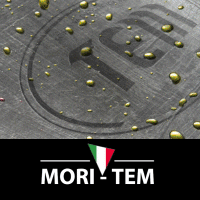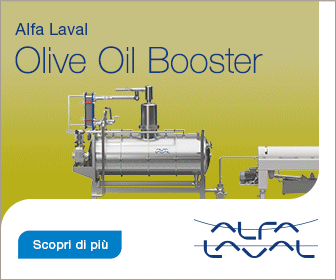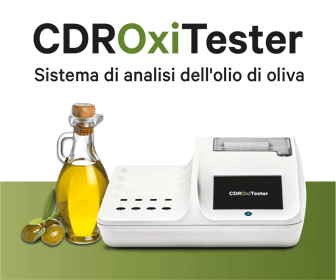Bio e Natura
PORTABLE LAB COULD REVOLUTIONIZE BIRD FLU DETECTION
Faster test results would speed disease containment efforts
21 marzo 2007 | T N
Animal health experts from 15 nations are meeting in Vienna to discuss new mobile rapid-detection technology that experts say could revolutionize the fight against bird flu and many other livestock diseases.
Researchers, scientists and manufacturers will discuss the development and potential of portable devices to study samples and discover the cause of death in birds.
The kit could even be adapted to detect the strain of bird flu, including H5N1 – the cause of death of millions of poultry and numerous human fatalities. Moreover, such systems could easily be adapted to send results to a main control centre, allowing a much faster response to an outbreak.
The five-day talks are part of a US$500 000 coordinated research project being implemented by the Joint FAO/IAEA Programme, a Vienna-based partnership between FAO and the International Atomic Energy Agency. Further project activities will include field-testing of devices, identifying areas for initial deployment and exploring future funding sources.
Quicker testing and reporting of bird flu would mean experts saving crucial time identifying the source of outbreaks and so increase the chances of containing their spread. The devices can also be adapted to detect other animal diseases such as Foot-and-Mouth Disease or Rift Valley Fever.
The main device under discussion at the meeting is a US$1 000 mobile test system and reader the size of a small portable television. Work is ongoing to reduce it further into what researchers call a "laboratory in a pen".
The latest outbreak of bird flu – starting in Asia in late 2003 and spreading to Europe and Africa – is estimated to have cost the Asian poultry sector at least US$10 billion since November 2003.
The main testing tools in the past 30 years have been laboratory based, including the ELISA (Enzyme Linked Immunosorbent Assay) technique using proteins and enzymes.
More modern technologies deploy what is known as the PCR (Polymerase Chain Reaction) technique, whereby a tiny amount of DNA is amplified and read. This method would be used for the laboratory in a pen.
“The genius here is that such mobile testers can be used by anyone, with the most basic training,†says John Crowther of the Joint FAO/IAEA Programme’s Animal Production and Health section.
“Even farmers could do a test and the result could immediately be processed back to a central point, like a mobile phone message. Within two years, such tests could revolutionize disease diagnosis.â€
The Joint FAO/IAEA Programme explores the potential of nuclear technology to increase agricultural production, and for this project it will offer technical guidance, training and research, and encourage financial backing from governments.
Dr Crowther adds: “Ultimately the tests would be done locally by people in their own countries, making schemes much more efficient in everything including speed, costs and local knowledge.â€
The discussions will be attended by representatives from China, Nigeria, the United Kingdom, the United States of America, Sweden, the Netherlands, Austria, Ghana, Burkina Faso, South Africa, Viet Nam, the Philippines and Australia, as well as international bodies and commercial concerns from Europe and the USA.
Origin: Fao
Potrebbero interessarti
Bio e Natura
Il pellet di sansa di oliva per la concimazione del grano
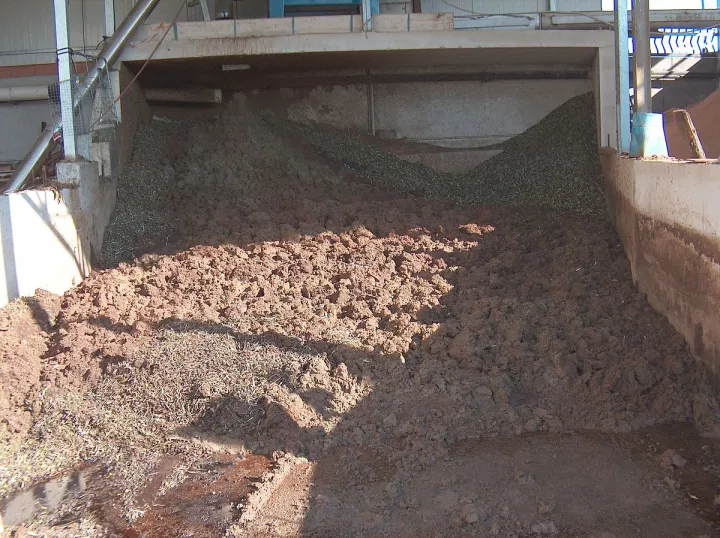
Il trattamento con fertilizzanti minerali ottiene i migliori risultati in termini di produttività e assorbimento dei nutrienti, seguito dal pellet di sansa, che ha ridotto la resa in granella solo del 15%
07 agosto 2025 | 15:00
Bio e Natura
I biostimolanti possono migliorare la resilienza delle colture al calore e allo stress idrico nel Mediterraneo?
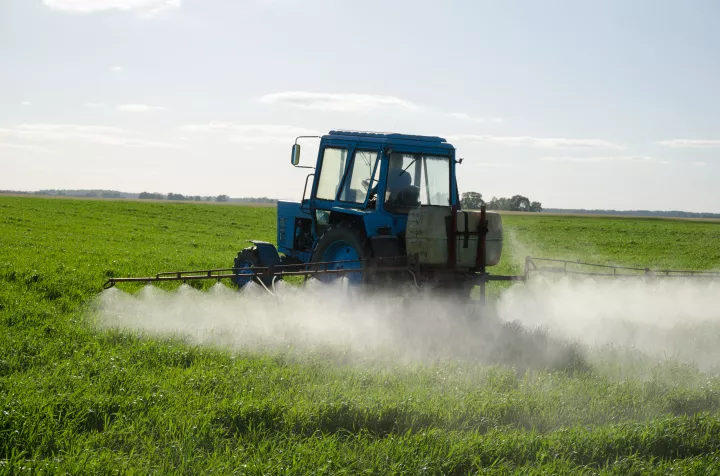
Lo stress da calore e siccità riduce significativamente la crescita e la produttività delle piante. L'efficacia dipende dalle colture e dall'ambiente e richiede la standardizzazione. L’integrazione con biopesticidi e soluzioni scalabili è fondamentale
04 agosto 2025 | 15:00
Bio e Natura
Un miele di 2500 anni fa: le caratteristiche e l'uso
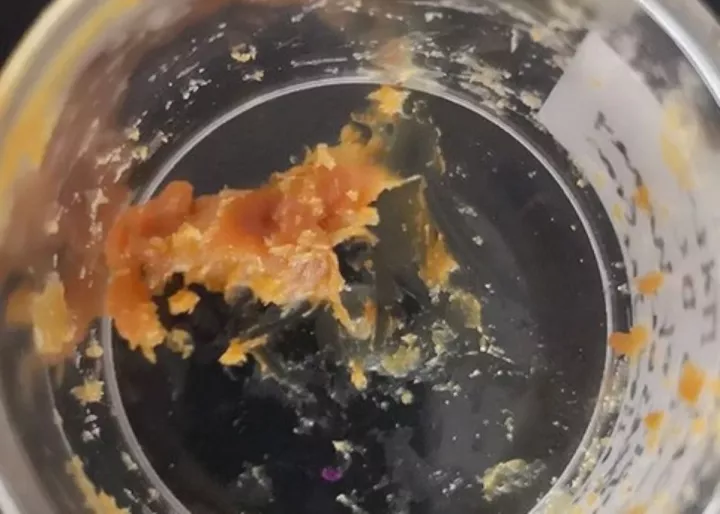
Il miele era una sostanza importante nel mondo antico, a volte lasciato nei santuari come offerte agli dei o sepolto accanto ai morti. Impronta chimica quasi identica a quella della cera d'api moderna e del miele moderno, con un livello di acidità più elevato
04 agosto 2025 | 13:00
Bio e Natura
Il basilico naturalmente respinge alcuni parassiti
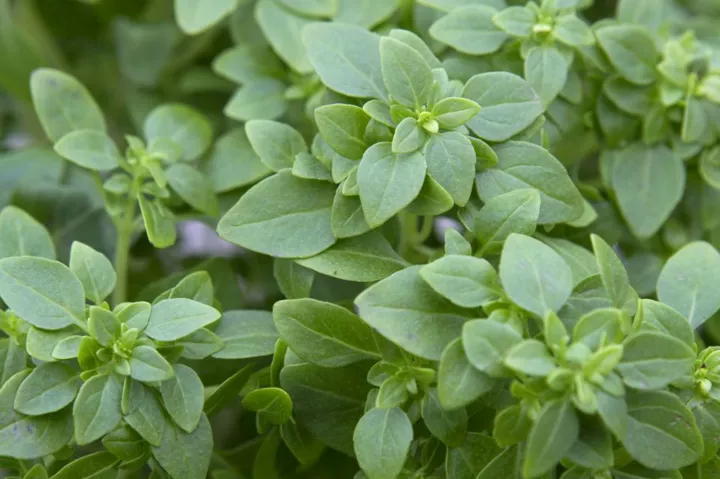
Alcune piante profumate aiutano a salvare le colture vicine da insetti nocivi che mangiano foglie. Il forte odore di menta contiene composti che attivano indirettamente i geni di autodifesa, lo stesso fa una varietà di basilico
29 luglio 2025 | 15:00
Bio e Natura
Addio all'estate molto precoce

Nelle prossime due settimane, appare possibile il rischio di avere un meteo meno stabile rispetto alla media. La calura sarà intervallata, specie al Nord Italia, da improvvisi temporali
24 luglio 2025 | 09:00
Bio e Natura
Lattura romana contaminata con Escherichia coli: i trucchi per evitarlo
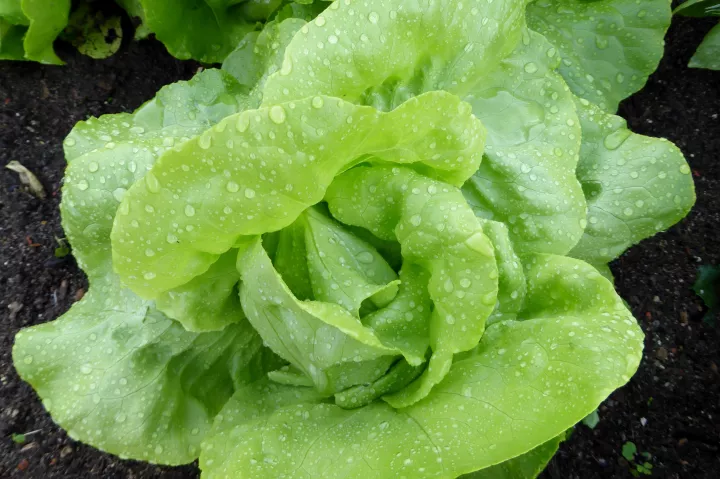
La bagnatura delle foglie con acqua non trattata è un importante fattore di rischio. Inoltre con una migliore conservazione al freddo dal raccolto alla consegna le probabilità di un focolaio dell'agente infettivo precipitano
22 luglio 2025 | 16:00




